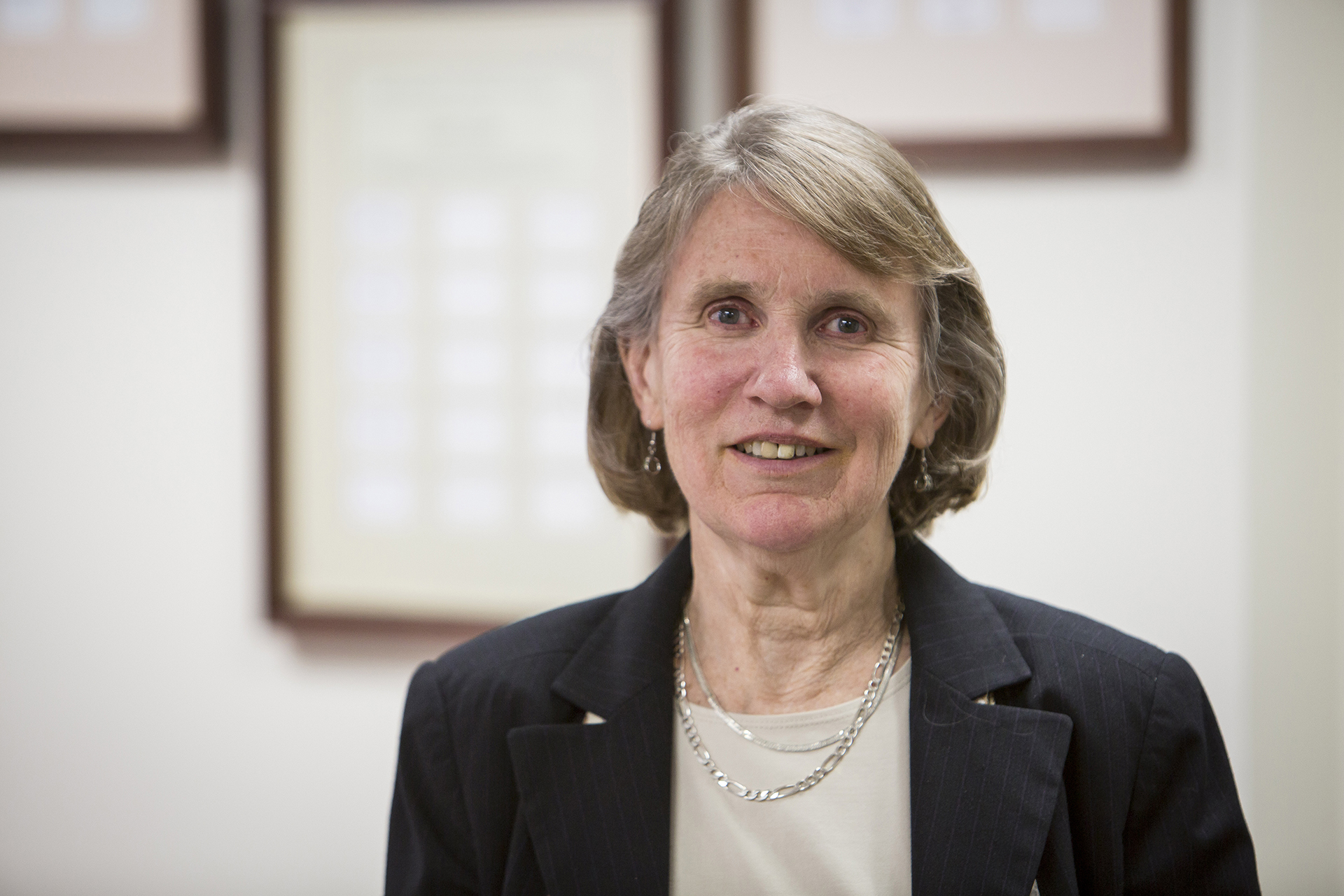Census Troubles Are Really Nationwide

The U.S. Census Bureau rolled out a new advertising campaign for the 2020 Census this week. Gone is the “spread the word” slogan, with “it’s not too late” taking its place.
The reality of COVID-19 and the resulting state-by-state shutdown of all nonessential businesses and activities struck the nation at the exact moment the ground operation of the decennial Census was set to begin in late March. The U.S. Census Bureau did send out a massive mailing of invitations to most residences in America that month. Those invitations gave respondents three options: complete the census online, by phone, or by requesting a physical form to fill out and mail back.
But the Census Bureau has a different operation in place for some sections of the country, including parts of the East End, called Update Leave. That operation, which requires a census-taker to hand-deliver paperwork to a home, never got off the ground this year. Last week, the bureau announced it would attempt to reach those homes mail. However, the whole point of the program is to reach those who use post office boxes or seasonal homes.
The national response rate to the Census Bureau’s initial mailing stood at 47.9 percent as of April 11. On the East End, the combined rate was just below 22.2 percent.
David McMillen of Cutchogue, was a demographer and statistician for the U.S. Census Bureau before going on to work as an advisory staff member for the congressional committees charged with overseeing the census, first in the Senate, and then in the House of Representatives. He said last week that he has not received any word from the Census Bureau, which divides areas up into tracts.
McMillen’s neighborhood is tract 1700.5, which, as of April 11, had a response rate of 26.1 percent. Tract 1700.5 is not part of Update Leave. McMillen does not get mail at his home, but, rather the Cutchogue Post Office box, though his residence was not designated for Update Leave. He was told the post office had received census literature, but that it had not been distributed. The postal system, McMillen pointed out, is under extreme pressure working through COVID-19.
“The post office does not necessarily know the physical address associated with the post office box,” he said.
It is not clear why Cutchogue was not included under Update Leave, which is designed for such situations.
Besides suspending the program, the Census Bureau has also suspended its Nonresponse Follow-Up operation, known by the acronym NRFU. NRFU is the boot- on-the-ground operation that, every 10 years, closes the massive gap between those who respond to the Census Bureau’s initial efforts, and those who don’t, which number in the tens of millions.
Kenneth Prewitt headed the Census Bureau under President Bill Clinton and was in charge during the 2000 decennial. He said the response rates should be at least 55 to 60 percent, and when questioned about when those figures should be achieved, he answered, “As soon as possible, but early May will still work.”
Currently, daily response rates are 0.4 percentage points, but that number is decreasing, slightly, every day. If the daily returns can continue at 0.4 percent, Prewitt’s early May target is within reach.
The odds on extending the December 31 deadline are quite low, Prewitt said, and will become even lower if Democrats take over the White House.
“Republicans would fear, with reason, that a Democratic administration would keep counting as long as it took to reach a 100 percent” response rate, he said. “No matter what happens there will be lawsuits: by states, cities, and political parties, probably by both, depending on where the numbers hurt or help.”
COVID-19 presents the most existential challenge the Census Bureau has ever faced, although it has overcome its own challenges, like during the 1850 Census, when California formed. At the time, there was no direct overland route from the new state to the eastern seaboard, so the results were put on a ship to go around Cape Horn at the southern tip of South America, then up the East Coast. That ship, and the California census numbers, were lost at sea. The decision was made to grant the new state two seats in the House of Representatives, without having an actual statistical basis for the decision.
Margo Anderson, a professor at University of Wisconsin-Milwauke who is leading scholar of the decennial process and author of “The American Census: A Social History” asked, “Where is the country going to be in July?” She agrees the results are going to be the object of many, many court battles.
“Both parties are already crunching the numbers,” she said.
T. E. McMorrow has worked on three decennial Census’ and was a field operations supervisor covering a large swath of Manhattan during the 2010 Census.
“The Census, Then and Now” is an ongoing series in The Independent. Because it includes breaking news, it’s running in flexible week-to-week format. The next part of the series will appear in two weeks.
t.e@indyeastend.com



